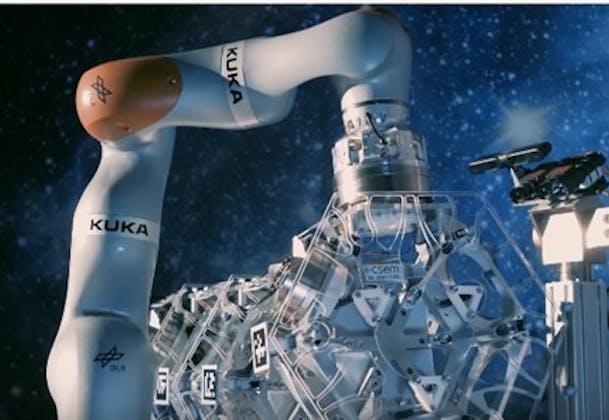September 14, 2021
LISA gravitational wave space observatory
CSEM is testing a special laser developed by NASA for the Laser Interferometer Space Antenna (LISA) mission. Led by the European Space Agency (ESA), LISA aims to detect gravitational waves in space and obtain fresh insight into the structure of black holes and the origin of the universe. The three spacecraft involved in the mission are scheduled to launch in 2034.



